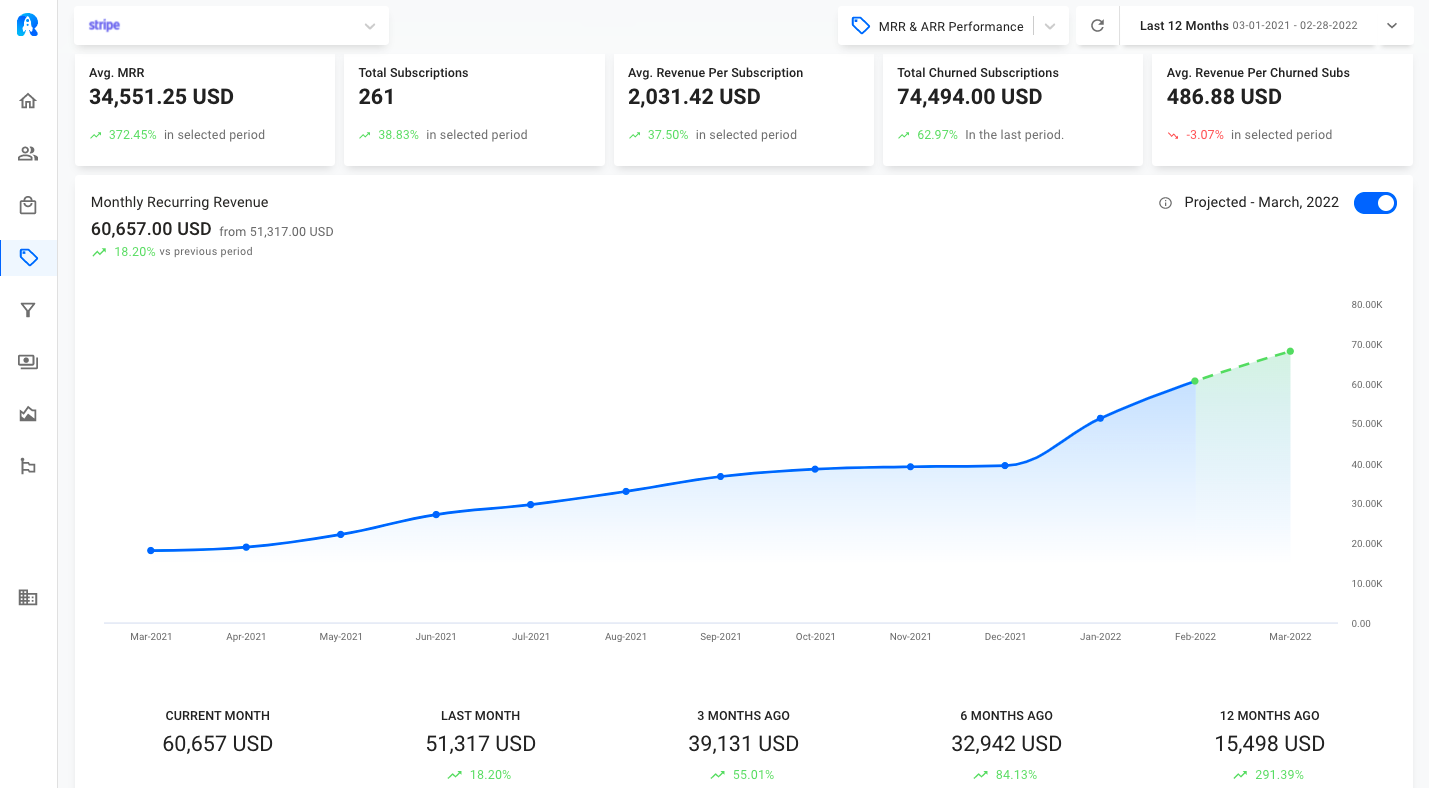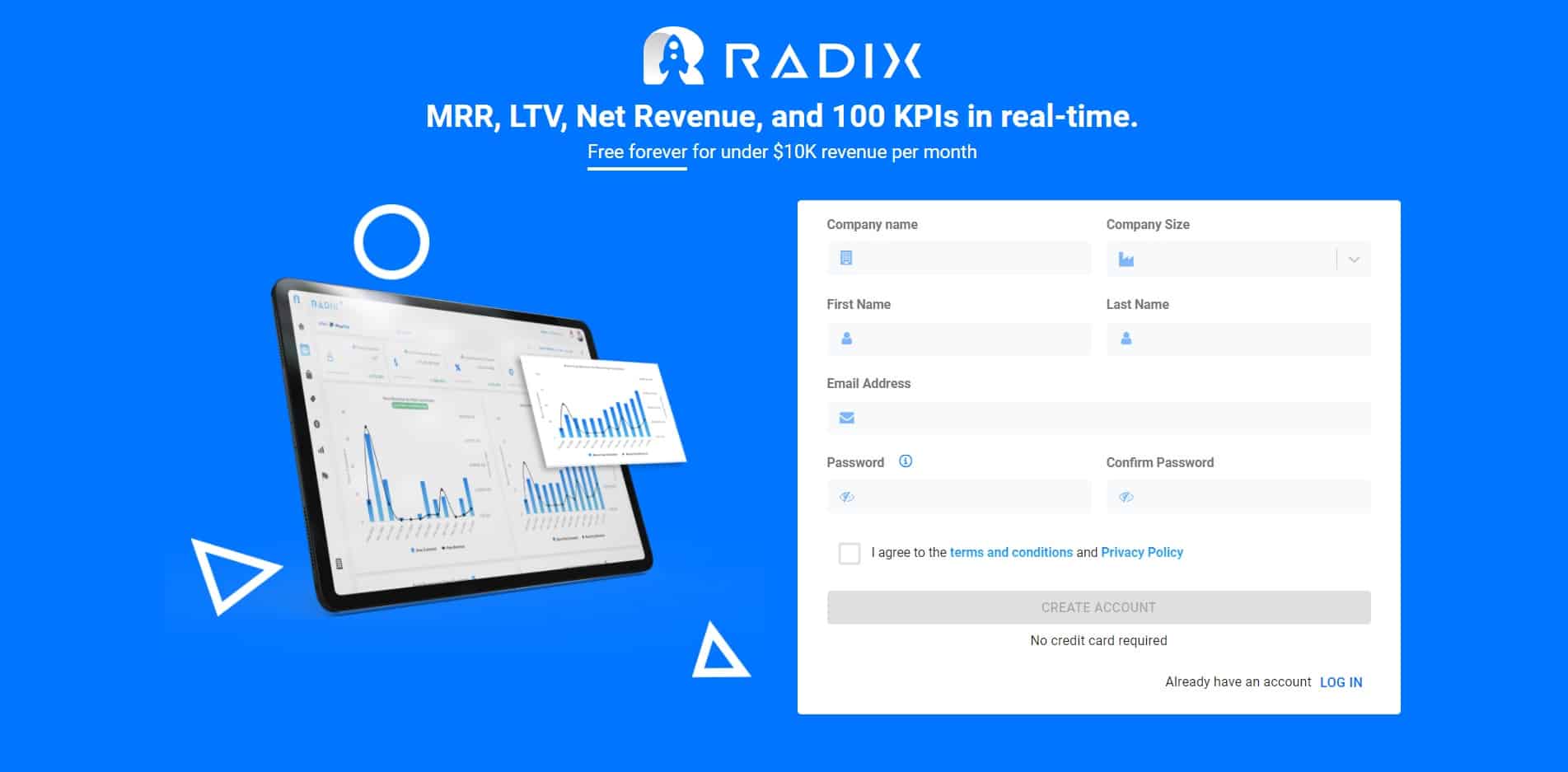In this post, I’ll explain what the product experience is and how you can enhance it for your company.
As creators, our view on products is restricted and, to be honest, irrelevant to their final success.
Yes, you must initially fall in love with the concept of your product, but in the end, it is the users’ ideas, feelings, and experiences that should guide the path. This is where the term “Product Experience” originated.
What is Product Experience?
Product Experience (PX) is the sum of a user’s or customer’s emotions, feelings, and experiences when using a product. It is the portion of the User or Customer Experience that occurs inside or with the product, which means that every second a customer interacts with the product should be considered as a product experience.
This concept may be summarized as a type of perspective that customers develop as a result of their interactions with the product from the time they log in until the time they quit using it.
Therefore, product experience refers to anything that occurs within the product’s digital boundaries.
Although there are numerous ideas and methods out there for providing the best experience to customers, because there is no set standard, PX is one sometimes ignored component of customer experience that companies can leverage to differentiate themselves and eventually win customer loyalty.
In the software business, product experience refers to the length of a customer’s trip through an app. Since a product has become a medium where customers are onboarded, where new features are taught, and where value is eventually seen, the duration of the customer’s contact within the product has also risen as SaaS has become the most basic distribution mechanism for apps.
Why is Product Experience Important?
Because a poor-quality product experience would make customers hate having to use a product to finish a job, product experience, especially intuitive and tailored product experience, is important.
Meanwhile, positive product experiences lead to the increased usage time, loyalty, and NPS. As a result, businesses must respect consumer input on the quality of their experience and act on it, because the most important thing is for product experience management to enhance the experience in line with customer demand.
10 Ways to Enhance Your Product Experience
As a product owner, optimizing product experience is no longer a luxury; it is a must.
Here are 10 suggestions to help you improve your product experience:
1) User Onboarding that is both efficient and enjoyable
To comprehend the relevance of user onboarding to product experience, consider how lost you felt when you discovered yourself in the dashboard of a platform with no adequate tutorial.
Customers that experience a product with no or unsatisfactory onboarding may churn, quit, leave negative reviews, or become inactive as a result of this emotion.
Here are three simple strategies to increase user onboarding:
- Start with a product tour that is interactive.
- Lead users to their Aha! Moments as quickly as possible.
- Make it fascinating and enjoyable.
2) Monitor what your users are doing
Because they don’t have the resources, staff, or means to be cold and heartless data-driven robots, businesses with fresh faces are typically more compelling and charming. They need to scale and get up and personal with their users. Starting with such a nutritious, ethical, and social base, they are on the right track.
This degree of helpful, kind, and sincere listening must be translated into current modes of monitoring to be successful.
- What methods do you use to collect feedback from your users?
- How much of what you do is personal, vs what you do is totally digital or automated?
- Are your monitoring systems up to date, or would it be an understatement to call them legacy?
- Purely analytical data is useful, but it doesn’t tell the complete story.
SaaS customers want to know that they’re being watched and heard to provide the best possible service. Forums without moderators, for example, are doomed to fail. Forums with quick-acting, knowledgeable, and fair moderators, on the other hand, are immensely popular.
The forum is your company! One approach to understand Product Experience experts better is to think of them as important moderators who actively listen and respond.
3) Using Feedback to Improve
The question is whether you’re effectively leveraging this data in ways that meet your company’s objectives while also adding value to your customers. Startup SaaS companies rarely have the financial means to employ expensive corporate consultants, high-quality focus groups, research panels, double-blinds, and other sophisticated methods.
Do you believe it will take months or perhaps years for startups to sort this out?
Speaking with individuals we want to help and deliver value to isn’t technically or logistically difficult for many of us. It shouldn’t be, at least. However, putting such knowledge to good use to boost any area of Product Experience is difficult
What about Unsolicited Feedback?
Where are your customers, critics, and haters discussing your SaaS (and rivals) online that you don’t have control over? Social media, forums, specialty consumer watchdog platforms, comment parts of huge software-affiliate/review sites, and comment sections beneath video-based material in your business are just a few examples.
Because of how fragmented the internet has grown, there is a plethora. It’s all too easy these days to lose sight of exactly how vast everything is. Users aren’t always honest with their information. They won’t all give you the most revolutionary feedback on a silver platter.
You’ll have to go out and look for it from time to time. No, a fast online search will not provide you with what you want. You might need to search past the first page of results on occasion.
Once you have this, USE IT to show your users that you are willing to go the additional mile to maintain your finger on the pulse of their requirements, values, and wants about your product.
4) Create and Prepare an Educated User Base
The triangle’s three sides are as follows:
Marketing Material: Direct PX teams aren’t officially in chargeof marketing content, but rather on the Product Experience. The vast majority of your potential users, however, will find your product through educational material rather than sales content — blogs, articles, press releases, video, and so on – that demonstrates how your solution is the answer to their need or problem.
Product Specific Education: While not always directly under the scope of pure Product Experience teams, a significant portion of overall user satisfaction (especially when you’ve got a more complex, high-ticket, high-value SaaS) stems from their ability to find the answers they need within your content ecosphere. Branded ‘Academies,’ generic knowledge banks, forum-based help inside open-source techniques, and large FAQs sections are also popular possibilities.
New Features and Functions: It’s critical that people understand exactly how to access and extract value from your SaaS. You won’t be able to meet any fair retention targets if you don’t do so. Don’t just assume that people will ‘understand it,’ or that the maze will be simple to navigate.
5) Consistent and accessible Product Information
If you portray a vision of elegance and then show a ragged, out-of-date SaaS platform… KPIs will be bad. And if you just display them the best content on this platform but not on this one, your entire brand will suffer immensely.
Product-specific information that comes into contact with users should be consistent, friendly, and in accordance with user expectations.
- Provide users with rich, optimized, current, and curated info across all channels.
- Polish! Don’t appear disorganized. Correct sloppy errors. Immediately address weak copy.
- For optimum relevance and efficacy, customize and personalize.
6) Make Improving Product Experience a Company-Wide Priority
If improving Product Experience isn’t a goal for every single department, you’re missing out on a huge opportunity.
This entails, first and foremost, educating your company about the foundations of Product Experience, how particular PX teams perform in connection to PX-focused companies, and what it can accomplish for the company as a whole — affecting everyone.
This does not have to be thorough at first, but you should include a new rejuvenated business dynamic over time. In reality, in most situations, this is already happening to a growing and larger portion of the B2B and B2C SaaS market share.
7) Define the core responsibilities of your team
Development: PX teams collaborate with dev teams to ensure a focus on high-priority actions that have been evaluated both from a corporate KPI and from the users’ standpoint. PX acts as an intermediary to ensure that the relevant people are in the loop when users request features/functions that deviate from the main goals.
Sales: Your sales team may work with users and development to give true, consistent, and simply comprehensible value. In many ways, salespeople are the last chance for setting the bar where it should be so that there are no mistakes.
Customer Service: Most people don’t distinguish between their direct experience with your product and their experience interacting with your customer service — they’re intimate partners. When users face difficulty, customer service representatives may come to the rescue, revive, and revitalize the product experience. These may represent possibilities for optimization by your PX team.
8) Make Early Warning Systems a priority
With a tremendous mountain of possible alternatives at their disposal, product leaders implement early warning systems to serve as filters.
They don’t need to know about every minor detail that customers are complaining about, since, let’s face it, part of that data-river isn’t useful to anyone.
Verify to see whether these systems are prioritizing. Not in a broad or ‘basic’ way, but on purpose. What are the most essential signals? As you go through all of that stuff (emails, social, CS, etc.), there should be a way to identify the high-impact opportunities!
9) Continue optimizing product content
This is a simple suggestion that should go without saying, yet digital enterprises and digital Product Experiences fail just as rapidly as brick and mortar businesses.
That is a proven truth. Product Experience teams may serve as those extra pairs of eyes to ensure that all product-related material — landing page text, in-product copy, onboarding copy, and so on – is where it should be.
10) Increase the emphasis on establishing trust
Assume you’re given a fork by two persons – one you trust and the other you’ve never met before – and it’s the same fork. Again, there’s nothing physically different about the forks and how to get value from them, but for some reason, utilizing a fork provided to you by someone you trust seems better.
Conclusion
Product experience is a multifaceted concept, but the three most important points to take away from this post are that it means different things to different people, it’s important to have, and it can be improved. Whether you’re building a product as a founder or using one as an end-user, it’s crucial to keep in mind just how much this aspect of product development touches each phase and individual involved.
Radix provides you with the power to run a powerful analytics platform that enables you to learn as much as possible about your monthly revenue data. This will help you understand how your product is performing and what trends are driving it forward. From there, you can adjust and make key decisions on how to improve engagement and experience, which will fuel your success in the long term.


Read More:
Trial User Onboarding Methods in SaaS
8 Strategies to Increase your Free Trial Conversion Rate
How to Effectively Convert Free Trial Users into Paying Customers in SaaS?





